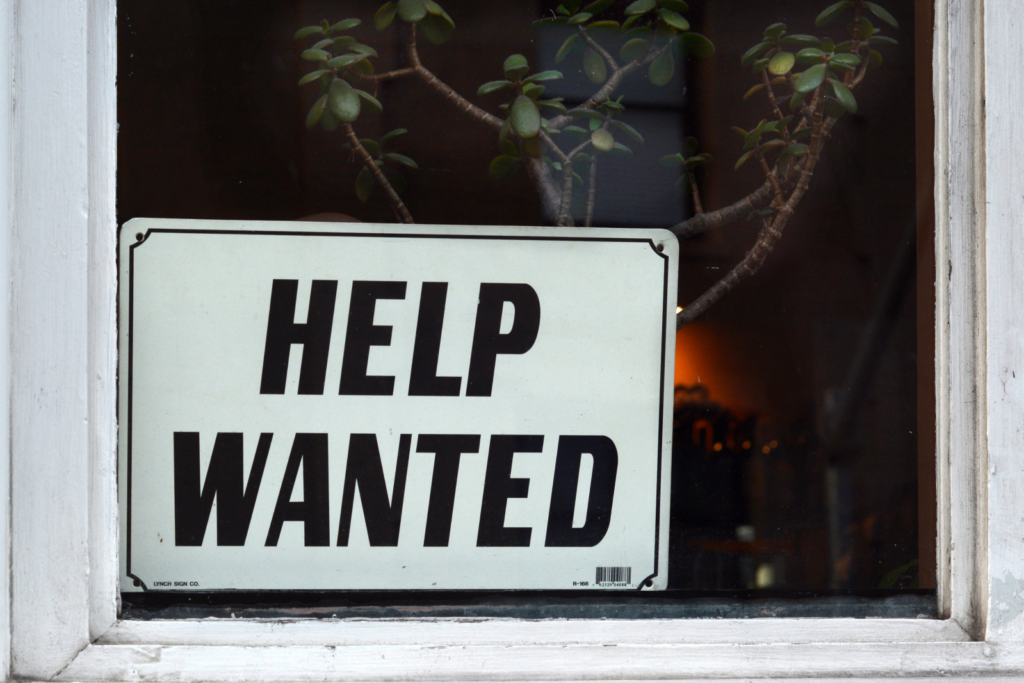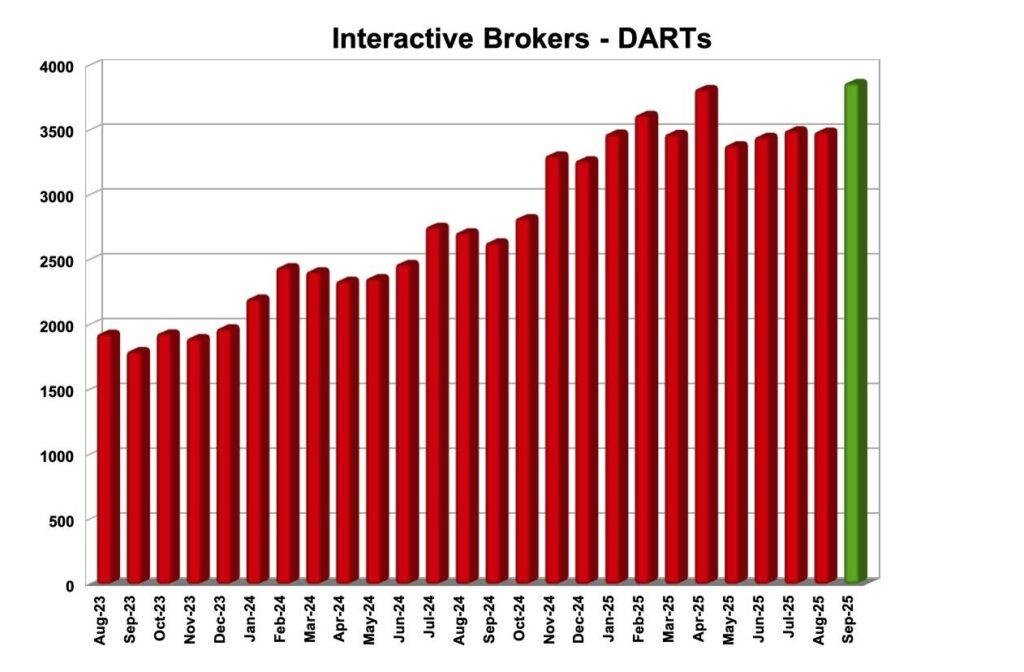The federal government shut down on Wednesday after lawmakers failed to agree on a short-term funding measure ahead of the Oct. 1 deadline.
As a result, all “nonessential” government functions will come to a halt, with hundreds of thousands of federal workers finding themselves furloughed or working without pay. Certain essential government services — such as air traffic control and distribution of Social Security checks — will remain online.
The Congressional Budget Office estimates about 750,000 workers will be put on furlough, costing the U.S. economy about $400 million each day they’re out of work. In the past, Congress has voted to retroactively pay furloughed and unpaid workers.
Government shutdowns are disruptive, both for people who work in the government and for those who rely on its services. But historically, investors have met them with a collective yawn.
“History reminds us that government shutdowns have typically been more headline-making than bottom-line impacting,” says Sam Stovall, chief investment strategist at CFRA.
The government has shut down 21 times since 1976, according to CFRA data. Since 1984, the median duration is just four days. And once the government is funded, things get back on track quickly. In the 30 days following a shutdown, the S&P 500 has been higher 71% of the time since 1976 and 93% of the time since 1984.
And during the most recent shutdown — the longest on record, lasting from Dec. 22, 2018 through Jan. 25, 2019 — the S&P gained 10.3%.
“Wall Street is getting pretty cynical, getting pretty anesthetized to [shutdowns],” Stovall says. “Basically, we’ll be looking forward to getting back to the bull run once this has run its course.”
Lack of data could leave the Fed ‘flying blind’
That’s not to say that the shutdown doesn’t bring with it some short-term concerns for the market and the economy.
Part of the concern comes down to timing. It’s unclear how long the stalemate will last, but if the shutdown extends past Friday, it would mean a delay in September payroll data from the Department of Labor, say analysts from Wolfe Research.
“A protracted shutdown could also delay the collection of October payrolls data for November release. Delays to [the consumer price index] are also possible, but less likely as the shutdown may well be over by Oct. 15,” they wrote on Monday.
Historically, they add, any delayed economic data is released shortly after the shutdown ends. This time, the timing may be important. The Federal Reserve, which is scheduled to meet Oct. 28 and 29, uses such data to help guide its interest rate policy.
The central bank would be “kind of flying blind” without the data, Mark Zandi, chief economist at Moody’s, told CNBC.
Still, given its access to private data and information from its own surveys, the Fed will likely still have enough information to proceed with an anticipated interest rate cut later this month, UBS analysts wrote in a Tuesday note.
Furloughs and layoffs could hurt the economy
The other potential short-term concern is damage to the economy.
“A full shutdown could reduce GDP growth by an estimated 0.1 percentage points per week it is in effect, but this drag should be offset in the subsequent quarters, assuming federal employees receive back pay and spending trends resume,” UBS analysts write.
However, President Donald Trump has floated making certain cuts to government programs permanent in the case of a shutdown.
“We can do things during the shutdown that are irreversible, that are bad for them and irreversible,” Trump said on Tuesday. “Like cutting vast numbers of people out, cutting things that they like, cutting programs that they like.”
Vice President JD Vance reiterated the plan during a Wednesday press briefing. “We are going to have to lay some people off if the shutdown continues,” he said.
“We don’t like that,” Vance said. “We don’t necessarily want to do it, but we’re going to do what we have to keep the American people’s essential services continuing to run.”
While such a move would likely permanently ding the economy, “legal and practical constraints mean only a small fraction of the estimated 1.4 [million]-strong workforce in scope could be affected,” UBS analysts write. “Any permanent firings would likely face significant legal challenges and may not be upheld in court.”
Want to be your own boss? Sign up for CNBC’s new online course, How To Start A Business: For First-Time Founders. Find step-by-step guidance for launching your first business, from testing your idea to growing your revenue.
Plus, sign up for CNBC Make It’s newsletter to get tips and tricks for success at work, with money and in life, and request to join our exclusive community on LinkedIn to connect with experts and peers.






